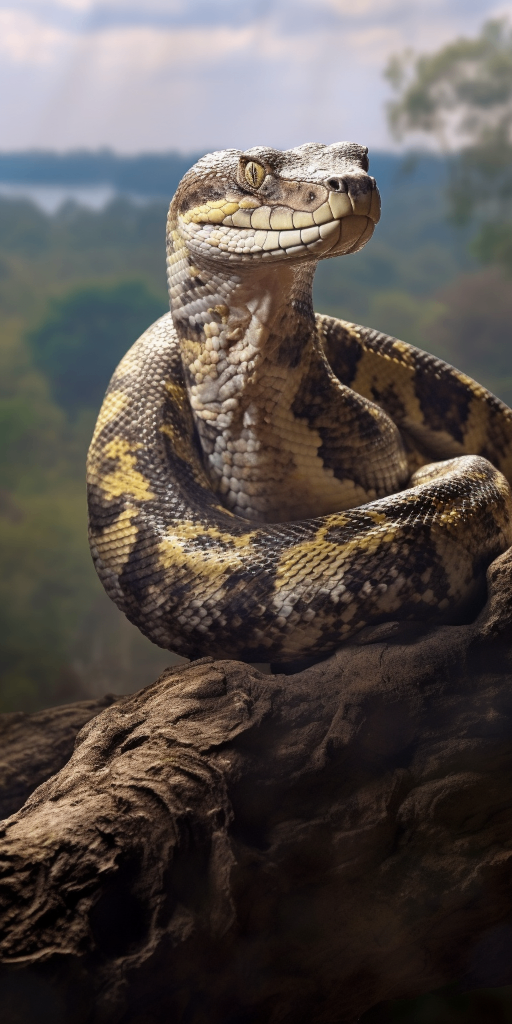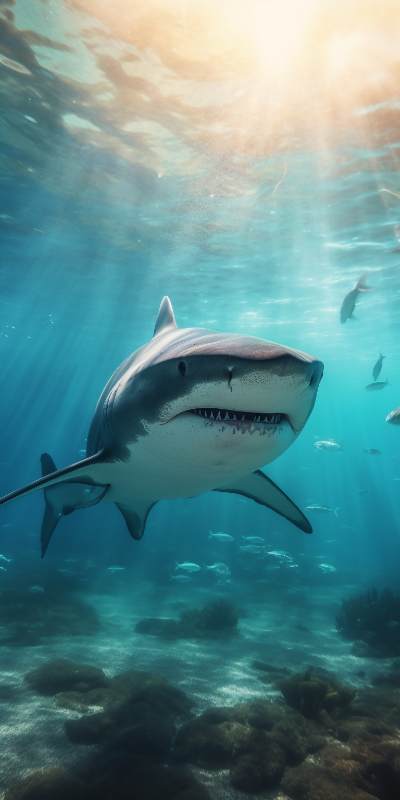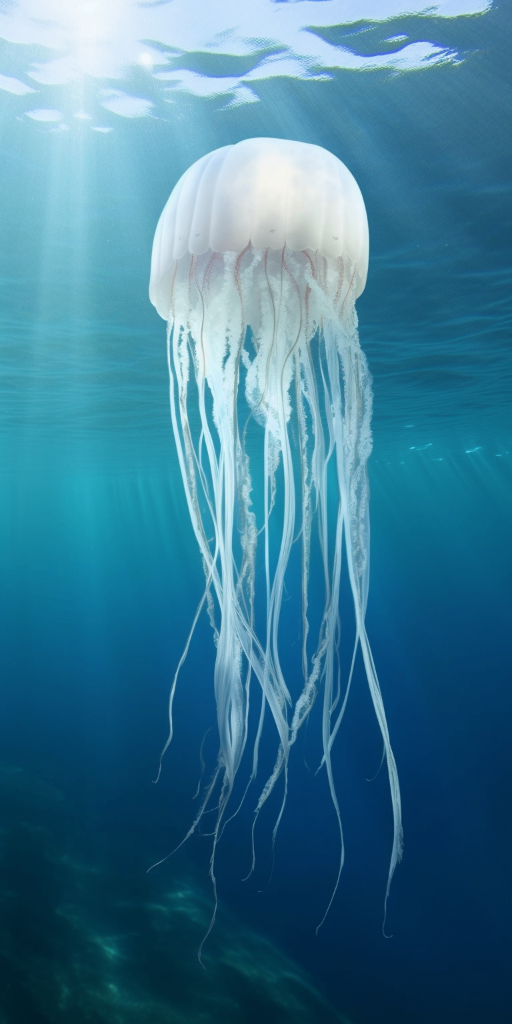The Water Monitor
The Water Monitor, a large species of monitor lizard, is known for its impressive size, growing up to 10 feet in length. These reptiles have strong limbs, muscular bodies, and long, powerful tails which help them move swiftly through the water. Water Monitors have sharp claws and powerful jaws, making them skilled hunters of fish, birds, and small mammals. They have distinctive, dark-colored bodies covered in yellow speckles and have forked tongues to aid in their hunting abilities.
| Water Monitor | |
|---|---|
| Size | Up to 9 feet (2.7 meters) |
| Weight | Over 50 pounds (23 kilograms) |
| Speed | 20mph (32km/h) |
| Key Strength | Tail as a weapon |
| Biggest Weakness | Vulnerable underbelly |
| Scientific Name | Varanus salvator |
| Family | Varanidae |
| Habitat | Rivers, lakes, swamps |
| Geography | Southeast Asia, South Asia, Australia |
| Diet | Fish, crustaceans, other aquatic prey |
| Lifespan | 15 years - 20 years |
The Water Monitor
The Water Monitor, a large species of monitor lizard, is known for its impressive size, growing up to 10 feet in length. These reptiles have strong limbs, muscular bodies, and long, powerful tails which help them move swiftly through the water. Water Monitors have sharp claws and powerful jaws, making them skilled hunters of fish, birds, and small mammals. They have distinctive, dark-colored bodies covered in yellow speckles and have forked tongues to aid in their hunting abilities.
Fun Fact: Water Monitors are excellent swimmers and can stay submerged underwater for up to half an hour while hunting for prey, using their streamlined bodies and strong tails to propel through the water with ease.
| Water Monitor | |
|---|---|
| Size | Up to 9 feet (2.7 meters) |
| Weight | Over 50 pounds (23 kilograms) |
| Speed | 20mph (32km/h) |
| Key Strength | Tail as a weapon |
| Biggest Weakness | Vulnerable underbelly |
| Scientific Name | Varanus salvator |
| Family | Varanidae |
| Habitat | Rivers, lakes, swamps |
| Geography | Southeast Asia, South Asia, Australia |
| Diet | Fish, crustaceans, other aquatic prey |
| Lifespan | 15 years - 20 years |
Water Monitor Matchups
We use AI to simulate matchups between the Water Monitor and other animals. Our simulation considers size, strength, and natural predatory behaviors to determine the most likely outcome.
Water Monitor: Diet, Predators, Aggression, and Defensive Behaviors
What do Water Monitors eat?
Water Monitors are carnivorous reptiles that primarily feed on fish, crustaceans, frogs, birds, and small mammals. They are opportunistic feeders and will also consume carrion and scavenged food when available. Their sharp teeth and strong jaws allow them to easily tear apart their prey before swallowing it whole.
Do Water Monitors have any predators?
While Water Monitors are apex predators in their habitat, they may still fall prey to larger predators such as crocodiles, large snakes, birds of prey, and even humans. Juvenile Water Monitors are also vulnerable to being hunted by birds, mammals, and larger reptiles.
Are Water Monitors aggressive?
Water Monitors are generally shy and solitary animals, but they can become aggressive if they feel threatened or cornered. They may hiss, whip their tails, bite, or even scratch in self-defense. However, with proper handling and respect for their space, Water Monitors can be quite docile.
Do Water Monitors fight?
Water Monitors are known to engage in territorial disputes or fights over food resources. During these encounters, they may use their powerful jaws, teeth, and tails to assert dominance or defend their territory. These fights can sometimes result in injuries or fatalities if not resolved quickly.
How do Water Monitors defend themselves?
When threatened, Water Monitors have several defense mechanisms to protect themselves. They may hiss loudly, puff up their body to appear larger, lash out with their tails, or deliver a painful bite. They are also excellent swimmers and can retreat to water to escape danger or evade predators.
What is Water Monitors' biggest weakness in a fight?
Despite their formidable size and strength, Water Monitors have a vulnerable underbelly that is not protected by their thick scales. If attacked from below or flipped onto their backs, they become extremely vulnerable to injury or predation. This is a crucial weakness that predators may exploit during a confrontation with a Water Monitor.
Fun Fact: Despite their intimidating appearance and predatory skills, Water Monitors are actually quite intelligent animals, capable of problem-solving and learning through observation.
Fun Fact: Water Monitors have an unusual defense mechanism where they can puff up their bodies, making themselves appear larger and more intimidating to potential threats. This behavior is often used when they feel threatened or intimidated by other animals in their environment.










